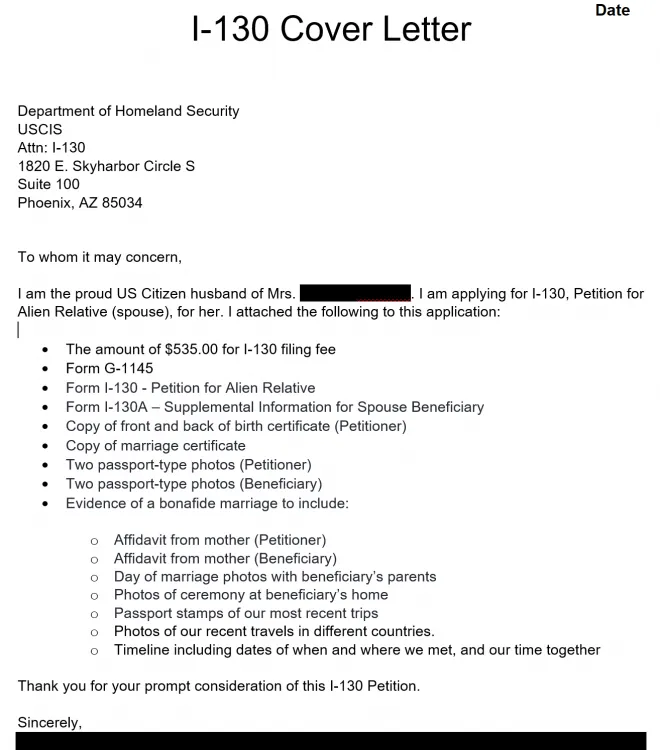Understanding I-130 & I-485 Concurrent Filing
Navigating the U.S. immigration system can be complex, but understanding the processes is the first step towards a successful application. This article focuses on the I-130 and I-485 concurrent filing, a strategy designed to expedite the process of obtaining a green card. This approach allows eligible applicants to file both forms simultaneously, potentially leading to faster processing times and reduced wait periods. By filing concurrently, applicants can significantly streamline their journey to permanent residency, reducing stress and increasing efficiency. This method is particularly beneficial for those who meet specific eligibility requirements, making it a popular choice for many immigrants.
What is Concurrent Filing
Concurrent filing refers to the simultaneous submission of Form I-130, Petition for Alien Relative, and Form I-485, Application to Register Permanent Residence or Adjust Status, to the United States Citizenship and Immigration Services (USCIS). The I-130 is filed by a U.S. citizen or lawful permanent resident to establish a qualifying relationship with a foreign-born family member. The I-485 is filed by the foreign-born individual to adjust their status to that of a lawful permanent resident. When these forms are filed concurrently, the USCIS reviews them together, potentially speeding up the overall processing time. This approach is designed to be more efficient than filing the I-130 first and waiting for its approval before submitting the I-485.
Eligibility Requirements for Concurrent Filing
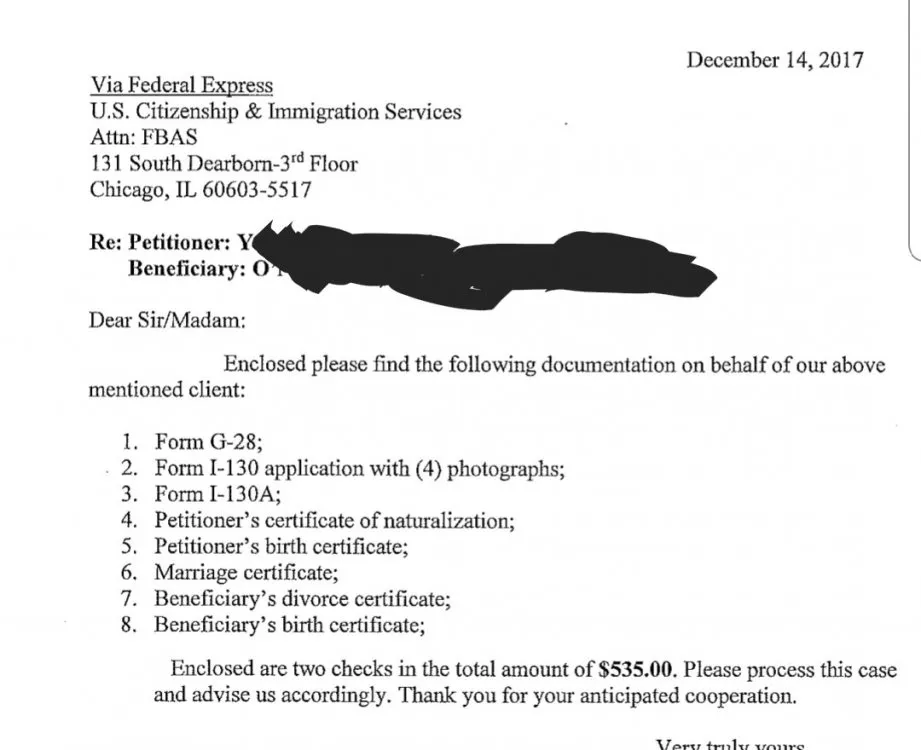
Not all applicants are eligible for concurrent filing. Eligibility typically depends on the applicant’s relationship to the U.S. citizen or lawful permanent resident and the availability of an immigrant visa. Generally, immediate relatives of U.S. citizens (spouses, unmarried children under 21, and parents) are eligible because visas are immediately available. Other family-based preference categories may also be eligible, depending on visa availability based on the priority date. It’s crucial to ensure all eligibility criteria are met before filing concurrently to avoid rejection or delays. Understanding these requirements can significantly improve the chances of a successful application.
The Top 5 Benefits of Concurrent Filing
Concurrent filing offers several advantages that can significantly benefit applicants. By understanding these benefits, potential applicants can better assess whether this filing strategy aligns with their immigration goals. The benefits extend beyond mere convenience, influencing various aspects of the immigration process, including processing times, legal status, and overall peace of mind. Choosing the right approach can make a considerable difference in the outcome of an application. The top five benefits highlight the advantages of filing the I-130 and I-485 simultaneously, showcasing why many applicants prefer this method.
Benefit 1 Faster Processing Times
One of the most significant advantages of concurrent filing is the potential for faster processing times. By submitting both forms simultaneously, USCIS can review them concurrently, potentially reducing the overall waiting period. This can be a substantial benefit, especially for those eager to become permanent residents. The simultaneous processing streamlines the bureaucracy, reducing the time spent waiting for one form to be approved before the other can be processed. This efficiency can make a real difference, allowing families to reunite faster and individuals to begin their lives in the U.S. sooner.
Benefit 2 Maintaining Legal Status
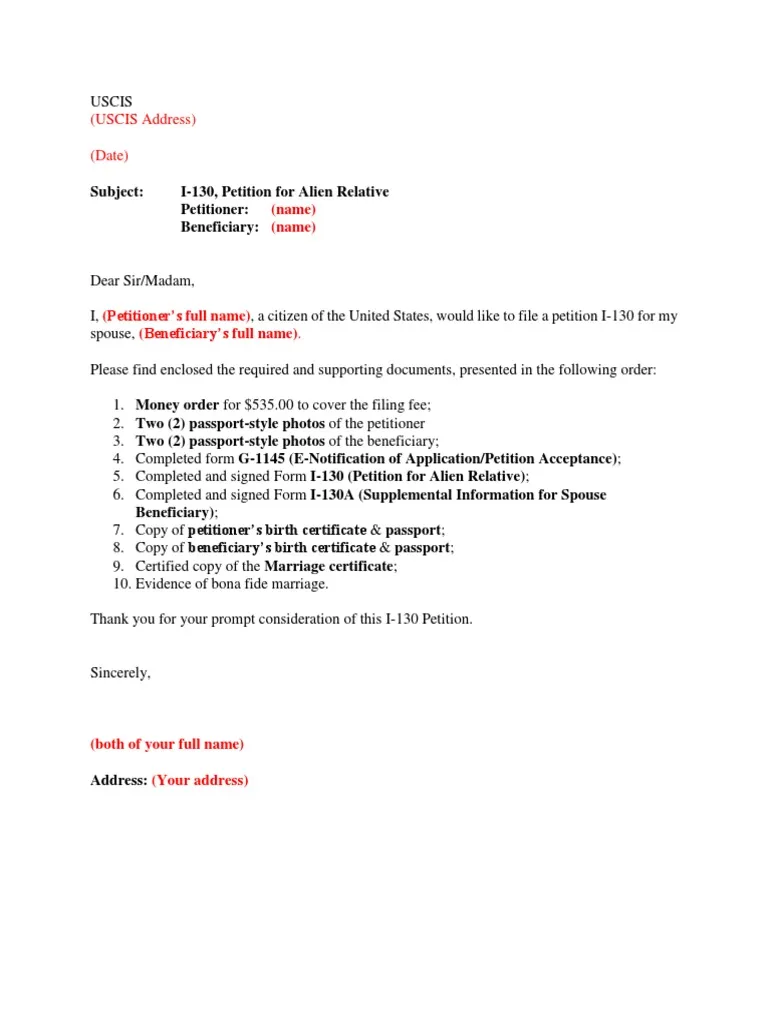
Concurrent filing can help applicants maintain legal status in the U.S. while their applications are being processed. This is especially crucial for individuals who are already in the U.S. and want to avoid any lapses in their legal status. By filing the I-485, applicants can apply for employment authorization and travel documents, allowing them to work and travel legally while their green card application is pending. This ensures that applicants are not subject to potential deportation or denied the opportunity to work. Maintaining legal status provides peace of mind and allows individuals to continue living and working in the U.S. without disruption.
Benefit 3 Reduced Stress & Anxiety
The immigration process can be stressful and anxiety-inducing. Concurrent filing can help alleviate some of this stress. Knowing that both applications are being processed simultaneously can provide a sense of control and reduce uncertainty. The reduced waiting times and more streamlined process can also contribute to lower stress levels. Applicants can focus on other aspects of their lives, knowing their immigration application is moving forward efficiently. This can be particularly beneficial for families, allowing them to navigate this significant life change with greater ease and less emotional strain.
Benefit 4 Streamlined Application Process
Concurrent filing streamlines the overall application process. Instead of waiting for the I-130 to be approved before filing the I-485, both are processed together. This reduces the number of steps and potential delays. It also simplifies the communication with USCIS, as all related inquiries and updates are typically handled together. This streamlined approach can save time and make the entire process more manageable. Simplifying the administrative aspects of immigration can significantly improve the applicant’s experience, reducing the complexity and the time spent on paperwork and follow-up.
Benefit 5 Increased Convenience
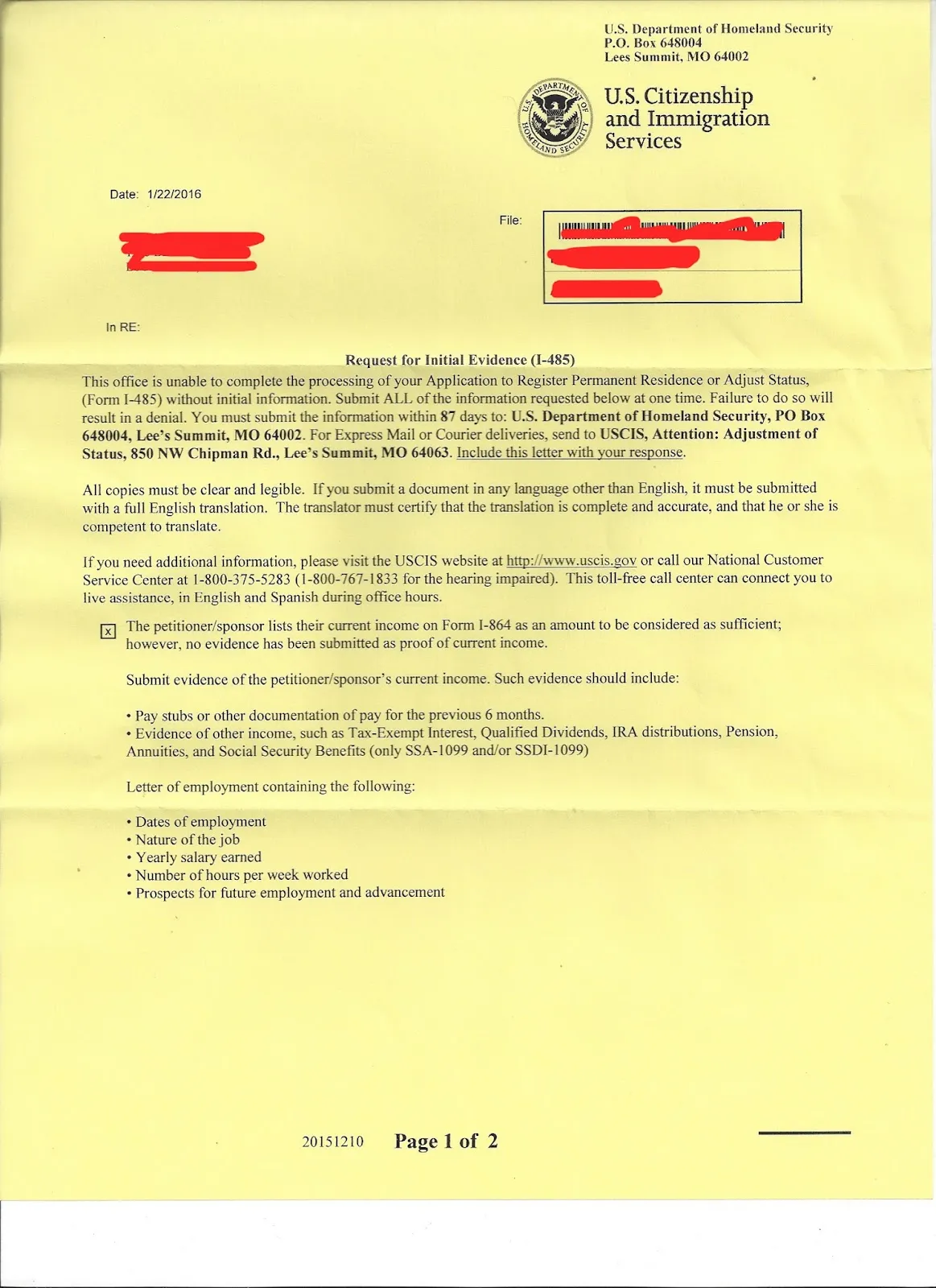
Filing concurrently offers increased convenience. Applicants only need to gather and submit their documentation once, instead of twice, which saves time and effort. It also simplifies the overall process. This is particularly helpful for applicants who may have limited time or resources to dedicate to the application process. The convenience extends to communication with USCIS, as applicants only need to track and respond to one set of inquiries. This can make a considerable difference in managing the logistical aspects of immigration, ensuring everything is handled efficiently and with minimal hassle.
How to Prepare Your Concurrent Filing
Preparing for concurrent filing requires careful planning and attention to detail. The following steps outline the essential preparations to ensure a successful application. Thorough preparation can significantly increase the likelihood of approval and minimize potential delays or rejections. From gathering required documents to completing the necessary forms, each step plays a critical role in the process. Understanding the specific requirements and the steps involved is fundamental to a smooth and efficient application process. Proper preparation can significantly reduce the stress and time associated with the immigration process.
Gathering Necessary Documents
The first step is to gather all necessary documents. This includes documents to prove the qualifying relationship for the I-130 (such as a marriage certificate or birth certificates) and supporting documentation for the I-485. The I-485 often requires a medical examination, proof of lawful entry, copies of passports and visas, and evidence of financial support. Creating a checklist and organizing these documents in advance can help streamline the filing process and ensure nothing is missed. Proper documentation is crucial, as incomplete or missing documents can lead to delays or rejection. Having all required documents readily available will greatly facilitate a successful application.
Completing the I-130 Form

The I-130 form requires detailed information about the petitioner (the U.S. citizen or lawful permanent resident) and the beneficiary (the foreign-born relative). It’s essential to fill out this form accurately and completely. This includes providing accurate biographical information, details about the qualifying relationship, and any other information requested by USCIS. Reviewing the form multiple times before submission can help prevent errors. Providing supporting documentation, such as birth certificates, marriage certificates, and proof of U.S. citizenship or residency, is also crucial. Completing the I-130 carefully helps establish the validity of the familial relationship, which is key to the application.
Completing the I-485 Form
The I-485 form requires information about the applicant seeking to adjust status. This form is quite extensive, requiring information about the applicant’s background, immigration history, and any criminal records. It is imperative to answer all questions truthfully and accurately. This also includes submitting required supporting documents, such as a medical examination report, proof of lawful entry, and copies of passport and visa. Any inconsistencies or omissions can result in delays or denial of the application. Applicants must also pay the necessary filing fees. Careful completion of the I-485 ensures the application is processed correctly and increases the likelihood of approval. (Image: I485 Form)
Drafting the Cover Letter
A well-crafted cover letter can significantly help your concurrent filing. This letter should clearly state that you are filing both the I-130 and I-485 concurrently. It should also list all the forms and supporting documents included in the submission. The cover letter serves as an introduction and summary of the application, helping USCIS to easily navigate your paperwork. Including the applicant’s and petitioner’s information, along with contact details, is also essential. While not a requirement, a well-written cover letter can improve the organization and presentation of your application, potentially speeding up the processing time. (Image: cover-letter-filing)
Cover Letter Best Practices

The cover letter should be clear, concise, and professional. It should mention the forms being filed (I-130 and I-485) and provide a detailed list of all included documents. Ensure the cover letter includes the applicant’s and petitioner’s full names, Alien Registration Numbers (if applicable), and contact information. Use a formal tone and avoid any unnecessary language or jargon. It is also advisable to keep a copy of the cover letter for your records. Following these best practices can help ensure your application is organized and easy to process, contributing to a smoother experience. Careful attention to detail in the cover letter can make a positive impact on the overall presentation of your application.
Organizing and Submitting Your Application
After completing the forms and gathering the necessary documentation, you must organize and submit your application. This involves carefully arranging all documents in a logical order, according to the USCIS guidelines. Ensure you include the filing fees and any required supporting documents. Always make copies of everything before submitting your application for your records. You can submit your application by mail to the appropriate USCIS Lockbox or service center. The specific address will depend on your location and the form you are submitting. Correct organization and submission can significantly streamline the review process. (Image: immigration-application-submission)
Avoiding Common Mistakes
Avoiding common mistakes is crucial to a successful concurrent filing. Some frequent errors include incomplete forms, missing documentation, and incorrect filing fees. Ensure you carefully review all forms for accuracy before submission. Double-check that you have included all required supporting documents. Pay the correct filing fees and submit the application to the correct address. Another mistake is not responding promptly to requests for evidence (RFEs) from USCIS. Be sure to respond to any such requests within the given timeframe. Avoiding these common mistakes can help prevent delays or rejections and increase the chances of approval.
Common Reasons for Rejection
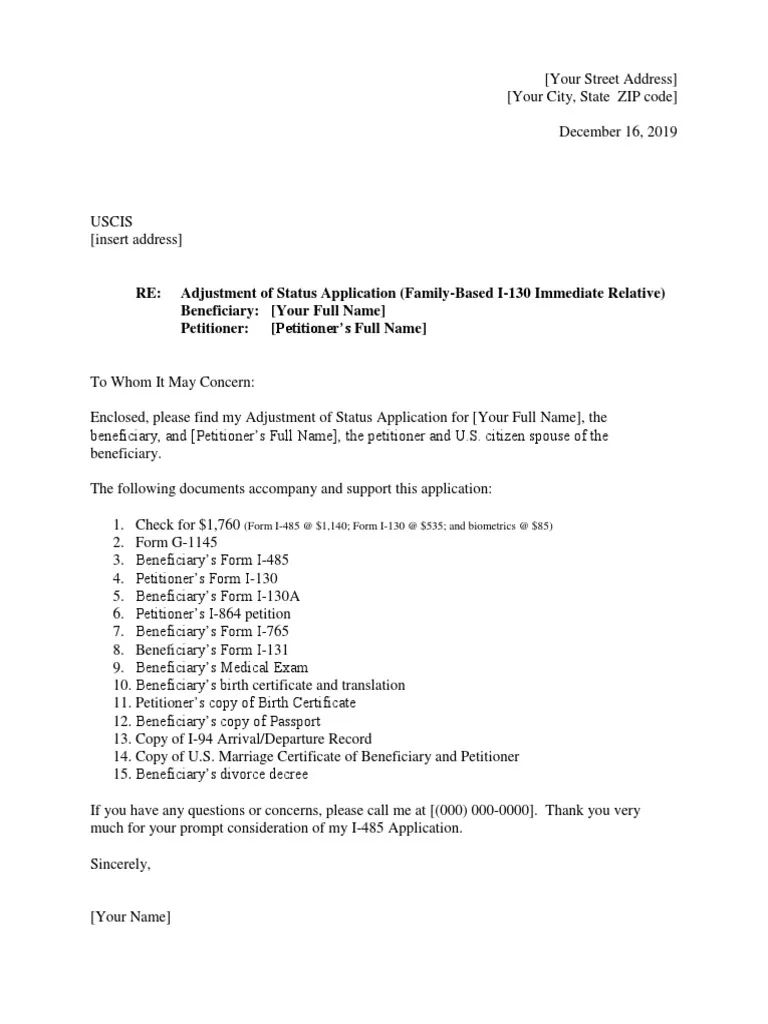
Understanding the common reasons for rejection can help applicants avoid these pitfalls. Some common reasons include insufficient evidence to support the relationship, failure to meet eligibility requirements, and incomplete forms. Submitting fraudulent documentation or misrepresenting facts can also lead to rejection. Other reasons include criminal history, prior immigration violations, and failure to attend required interviews or biometrics appointments. By understanding these common issues, applicants can take proactive steps to address them. Being aware of these reasons helps applicants prepare a stronger, more accurate application and improves the chances of approval.
What to Do If Your Application Is Rejected
If your application is rejected, do not panic. The rejection notice will explain the reasons for the denial. Carefully review the notice to understand the issues identified by USCIS. Depending on the reason, you may be able to correct the errors and refile your application. In other cases, you may need to seek legal advice. If the rejection is due to missing documentation, gather the missing documents and resubmit. If it’s a more complex issue, such as ineligibility, seek professional guidance. Act quickly and address the issues thoroughly to avoid further delays or complications. A prompt and well-informed response to a rejection can increase the chances of a successful outcome.
Seeking Professional Legal Advice
Navigating the complexities of immigration law can be challenging. Seeking professional legal advice from an experienced immigration attorney is highly recommended. An attorney can review your case, assess your eligibility, and guide you through the application process. They can help you avoid common mistakes, prepare your application accurately, and represent you if needed. Legal professionals can provide valuable assistance, especially in complex situations. They can also offer guidance on potential issues, such as past immigration violations or criminal history. Consulting an attorney ensures your application is handled correctly and increases your chances of a favorable outcome. (Image: legal-counseling)
In conclusion, the I-130 and I-485 concurrent filing strategy offers significant advantages for those seeking to adjust their status. By understanding the eligibility requirements, the benefits, and the preparation process, applicants can improve their chances of a successful outcome. While the immigration process can be complex, careful preparation and seeking professional advice when needed can make the journey smoother. Filing concurrently can save time, reduce stress, and streamline the pathway to permanent residency.
